
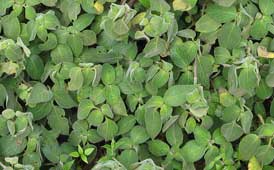
Strobilanthes pulneyensis
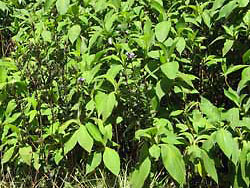
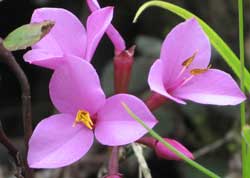 Flora of shola forests
Flora of shola forests
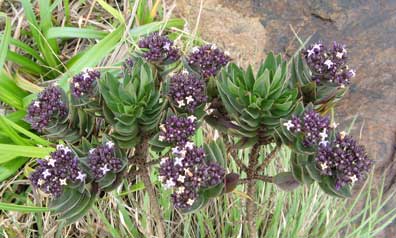 Predominant
species in the shola forests include Measa indica, Microtropis
ramiflora and Rhododendron arboreum. The grasslands will have a number
of grass species, Chrysopogon zeylanicus and Eulalia phaeothrix being
two of the predominant species in places such as Eravikulam National
Park. More than 60 of the grasses here are endemic to Western Ghats.
Predominant
species in the shola forests include Measa indica, Microtropis
ramiflora and Rhododendron arboreum. The grasslands will have a number
of grass species, Chrysopogon zeylanicus and Eulalia phaeothrix being
two of the predominant species in places such as Eravikulam National
Park. More than 60 of the grasses here are endemic to Western Ghats. 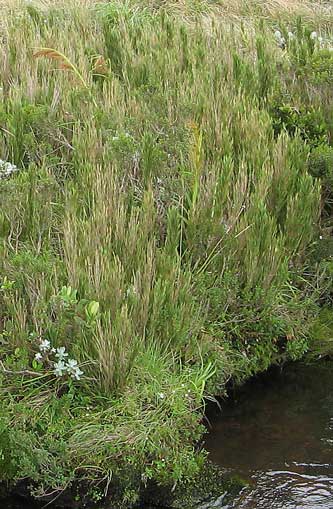
 |
 Strobilanthes pulneyensis
|
 |
| Strobilanthes foliosis |
(Chonayamkallu Kurinji) | Strobilanthes species on shola edges. |